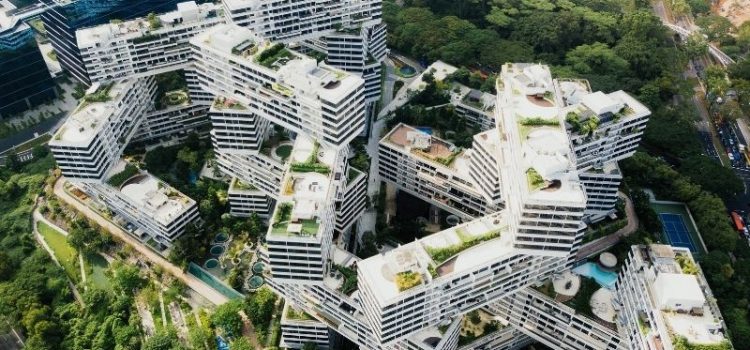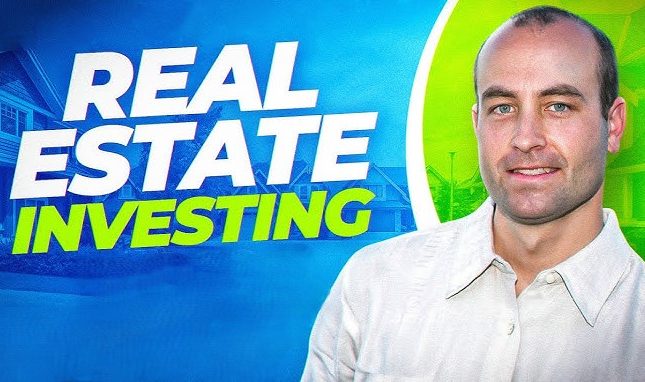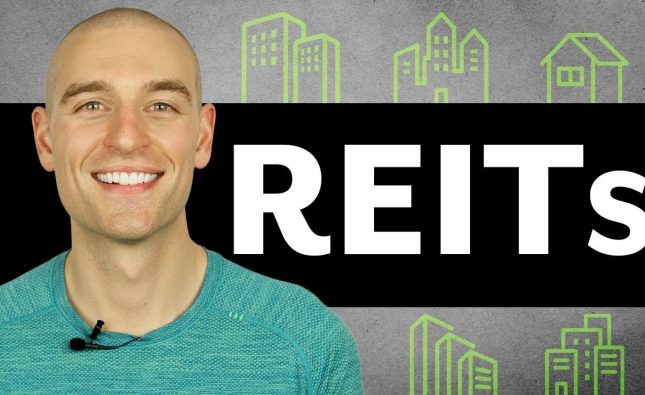
Introduction
In the ever-evolving world of real estate, sustainability is no longer a choice—it’s the path to lasting value. Today, we have the privilege of learning from Dr. Sandra Reynolds, an esteemed environmental scientist with over two decades of experience in sustainable real estate development. Dr. Reynolds’ expertise serves as a guiding light for developers, investors, and homeowners eager to understand how sustainability certification is elevating the real estate landscape.
Unveiling the Sustainable Real Estate Revolution
Defining Sustainability in Real Estate
Sustainability in real estate is more than a buzzword; it’s a transformative concept. It involves creating properties that are environmentally responsible, resource-efficient, and conducive to human well-being. Sustainability certifications act as a roadmap, guiding the industry on this transformative journey.
Prominent Sustainability Certifications
Here’s a succinct overview of some of the most influential sustainability certifications:
| Certification | Focus Areas | Benefits |
|---|---|---|
| LEED (Leadership in Energy and Environmental Design) | Energy efficiency, water conservation, indoor air quality | Elevated property value, reduced operational costs |
| BREEAM (Building Research Establishment Environmental Assessment Method) | Sustainable design, materials, and construction | Lower carbon footprint, healthier environments |
| WELL Building Standard | Human health and well-being in building design and operation | Enhanced occupant health and productivity |
The Compelling Advantages of Going Sustainable
Raising Property Values
Sustainability certifications have a profound impact on property values. Dr. Sandra Reynolds points to studies indicating that LEED-certified buildings can command rent premiums of up to 20%. Tenants and buyers are increasingly willing to pay more for sustainable living.
Trimming Operational Costs
Reducing energy consumption and water usage leads to significant operational cost savings. For property owners, this translates to enhanced profitability over the long term. Sustainable properties also attract government incentives and tax benefits.
Fostering Healthier Living Environments
Dr. Reynolds underscores the importance of indoor air quality. Certified sustainable buildings prioritize ventilation and the use of non-toxic materials, fostering healthier and more productive living and working spaces.

The Investor’s Perspective
The Sustainable Premium
Investors seeking stable and lucrative assets are increasingly turning to sustainable properties. According to Dr. Reynolds, these properties offer insulation against future regulatory changes and fluctuations in energy prices. The potential for long-term savings and increased resale value makes them an appealing investment.
Risk Mitigation
Sustainability is a risk mitigator. Properties with sustainability certifications are less vulnerable to environmental and regulatory shocks. In a world grappling with climate change, these properties offer security for investors.
Taking Action: Navigating the Path to Sustainability
Seeking Expert Guidance
Dr. Sandra Reynolds advises those embarking on the journey of sustainability certification to collaborate with experts, including architects, engineers, and sustainability consultants. These professionals play a pivotal role in navigating the certification process.
Setting Clear Objectives
Understanding your sustainability goals is paramount. Dr. Reynolds recommends considering factors like location, building type, and target demographic when planning your sustainable real estate project.
Conclusion: Elevating Real Estate Through Sustainability
The wisdom shared by Dr. Sandra Reynolds underscores the growing importance of sustainability in real estate. Sustainability certifications aren’t just about environmental responsibility; they’re about creating enduring value, reducing costs, and providing healthier spaces for generations to come.
In a world grappling with climate change and resource scarcity, the real estate industry’s shift toward sustainability isn’t just a trend; it’s a necessity. Whether you’re a developer, investor, or homeowner, the time has come to embrace the power of sustainability certification in real estate and contribute to a greener, more prosperous future.










